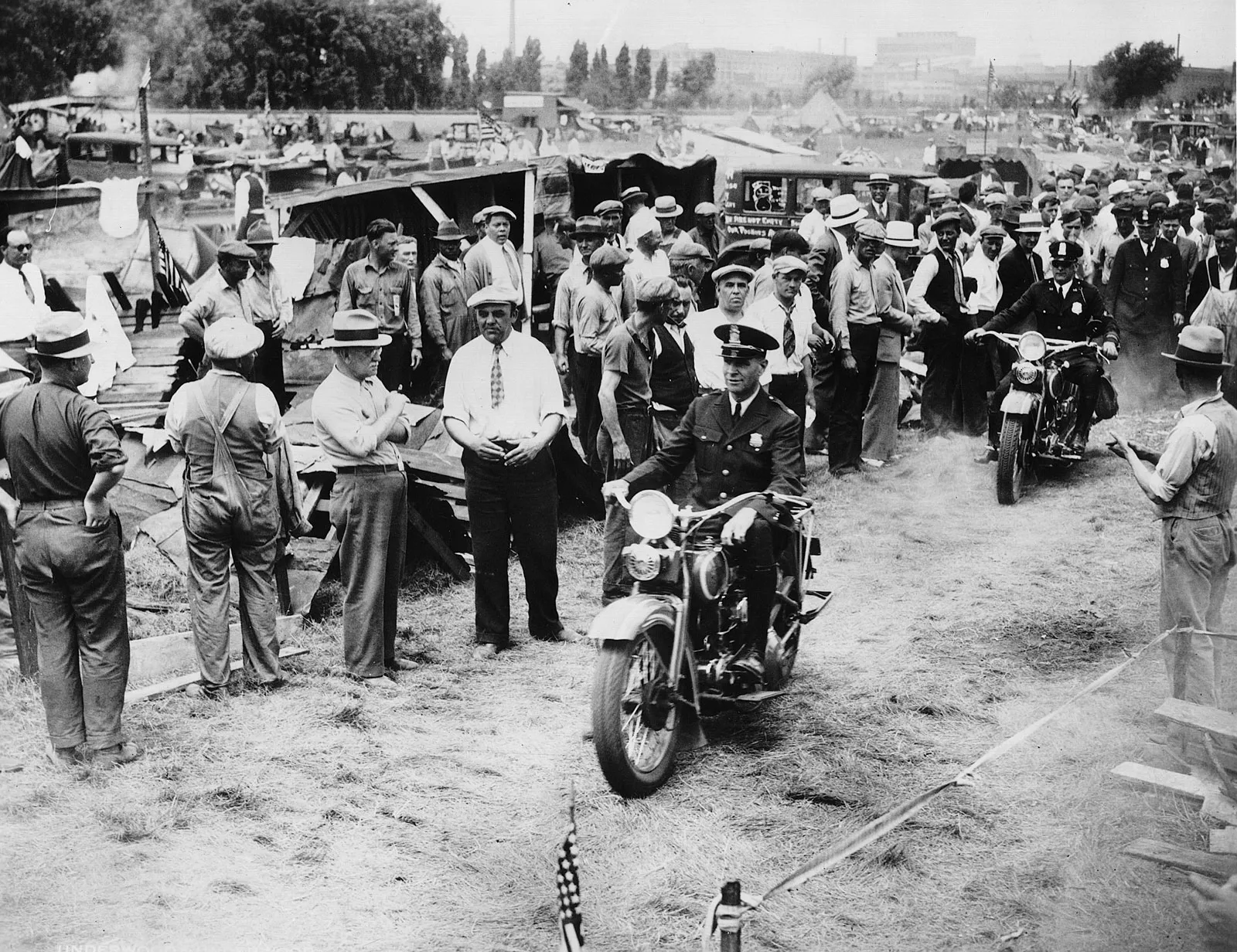Facing a dead-end life with limited opportunities and wanting to break free from my circumstances, I enlisted in the U.S. Army in 1987 with a clear vision: to go to college and become someone meaningful. Growing up in challenging conditions from ages 5-12 in group and foster homes in Ohio, with abusive, alcoholic, and addicted parents, I experienced firsthand what it meant to have few options and little encouragement. The Army represented my pathway to transformation – not just a career, but a chance to build the foundation for higher education and personal growth. Military service offered structure, purpose, and the GI Bill benefits that would make college possible. I was determined to use my service as a stepping stone to earn my master’s degree in criminal justice and ultimately create a life of meaning, helping others along the way. The Army wasn’t just an escape from a difficult past; it was my deliberate choice to forge a better future and prove that circumstances don’t define destiny.











